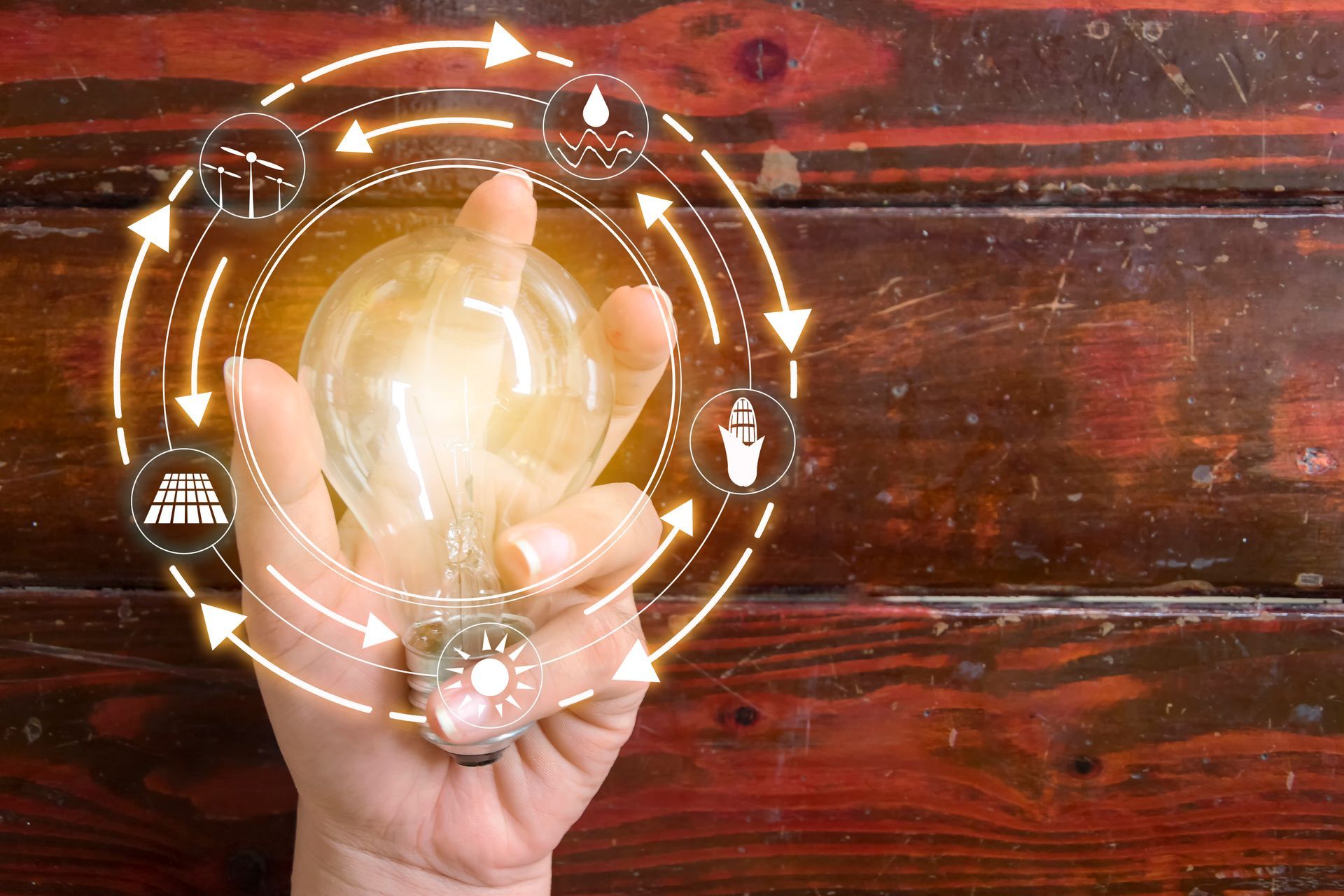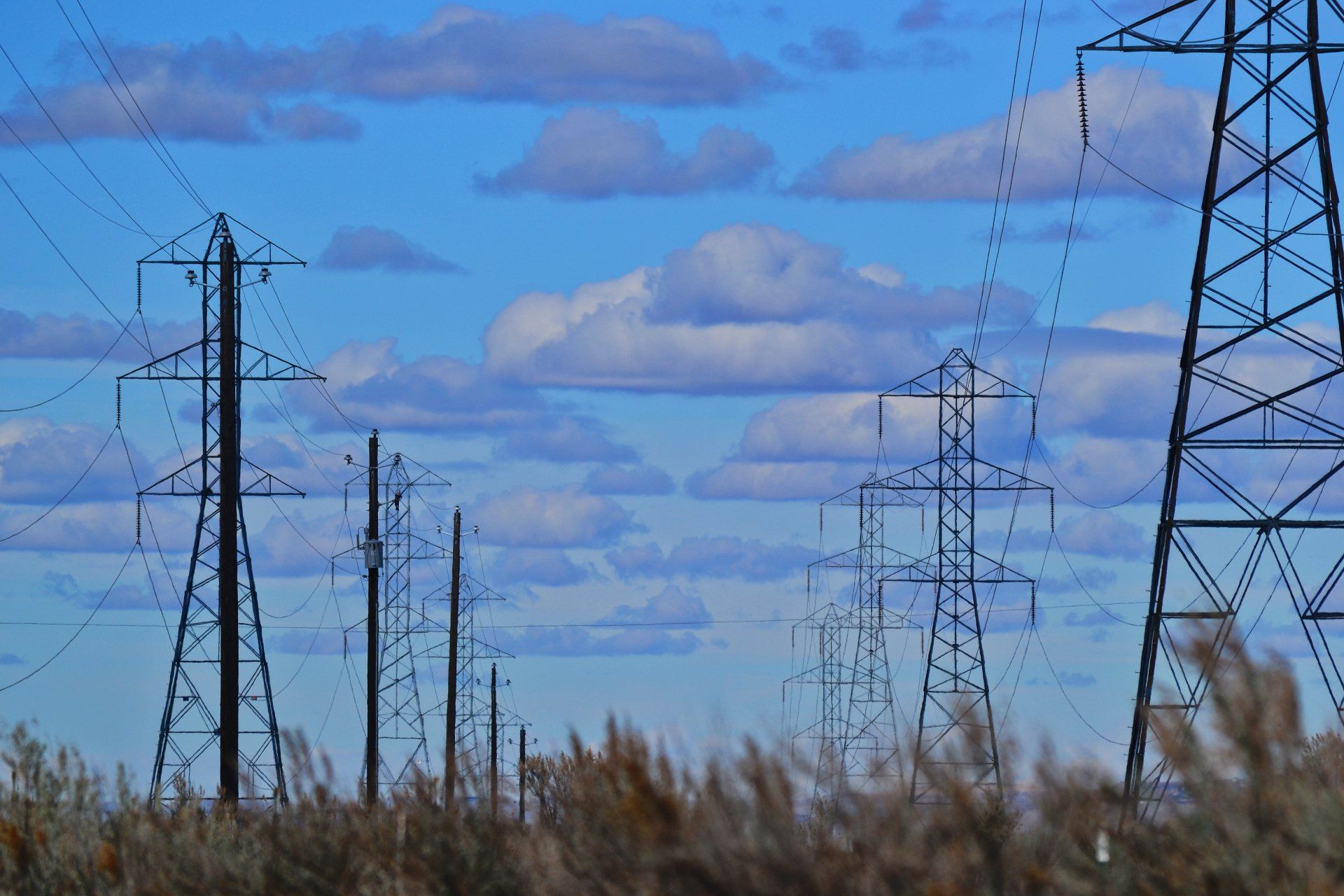Hydrogen - A Green Gas?
PASCHALi • 25 September 2020
Can the fuel that powers the universe, power our world?
In order to meet global carbon targets and lessen the impacts of climate change, we are going to have to find alternative fuels for all purposes. Renewable energy technologies are leading the way when it comes to replacing electricity generation, however these methods are often intermittent and cannot be used in every situation. For this reason, it is vital we find clean alternatives to combustible fuels that can be made available on demand. The answer to this problem could be the same fuel keeping the universe running, Hydrogen.
The idea of using hydrogen has been around for a while and a lot of research has gone into hydrogen fuel cells in the past decades. However, the implementation of these ideas never took off as large scale hydrogen usage requires a significant level of infrastructure and fuel cells are still very sensitive.
Quick Chemistry Lesson (you can skip this part)
Hydrogen can be obtained through the electrolysis of water, which splits the water into hydrogen and oxygen by inducing an electrical current into the solution. This process can then be 'reversed' in a fuel cell. The collected hydrogen is reintroduced to oxygen (in air) inside a fuel cell, which produces electricity and water. In some ways, hydrogen is essentially a form of storage for potential energy, like a battery.
Producing the hydrogen is all well and good, however as hydrogen is so small, light and has a boiling point of -252.9°C, yes minus 252.9°C, it is not very easy to transport. Fortunately, scientists have already come up with an effective solution to this problem: make ammonia! By combining hydrogen and nitrogen, ammonia (NH3) is formed. With a boiling point of -33.3C, ammonia is less complicated to liquify than hydrogen and has double the energy density, making it far easier to transport. The nitrogen used to create ammonia can be obtained through the fractional distillation of liquid air. This is the same method used to separate the components of crude oil.
How does Hydrogen Help?
As previously mentioned, renewable sources of electricity cannot be the answer to everything. Using hydrogen as a fuel source solves two issues with renewables: availability on demand and combustible fuels. The ability to store hydrogen, as ammonia, makes it one of the few efficient ways to transport clean energy. The infrastructure already exists in the form of gas tankers and pipelines which can be used to transport ammonia (hydrogen is so small it can escape a lot of existing gas pipes).
Although there is currently a push to move to electric, the transport industry will most likely see the biggest uptake of hydrogen usage. Airbus, Hyundai and Toyota (to just name a few) are working on new hydrogen powered vehicles for release over the next couple of decades. Renewable energy will also benefit from improvements to hydrogen technology. Low cost solar-to-hydrogen fuel cells could soon be seen on many roof tops.
Commercial Scale Hydrogen Production
On 8th May 2020, BP’s Australian branch announced a feasibility study into export-scale renewable hydrogen production. They plan to build a number of commercial scale green ammonia plants and will use the study to evaluate several different technologies and process configurations to manufacture green hydrogen and green ammonia. The pilot plant will aim to produce green hydrogen using on-site or renewable power (1.5GW required) from the grid. They will then convert it to circa 20kilo-tonnes of green ammonia per year, expanding to 1,000kilo-tonnes per year once developed to a commercial scale.
Pending the results of BP's experiments, we could see a big rise in the volumes of renewable hydrogen produced and used in energy markets worldwide.
If you would like to discuss the blog post above or find out how we can support your business, please contact us.
Share Our Blog Post










